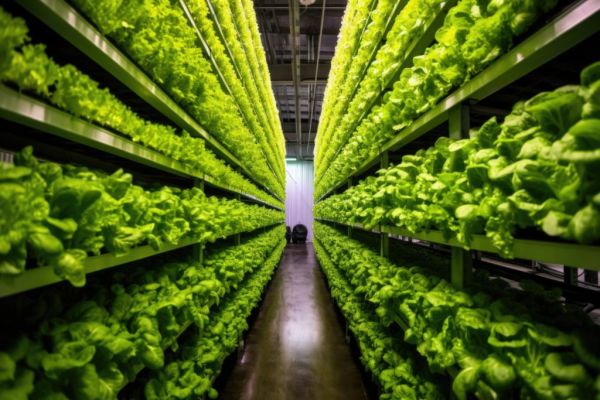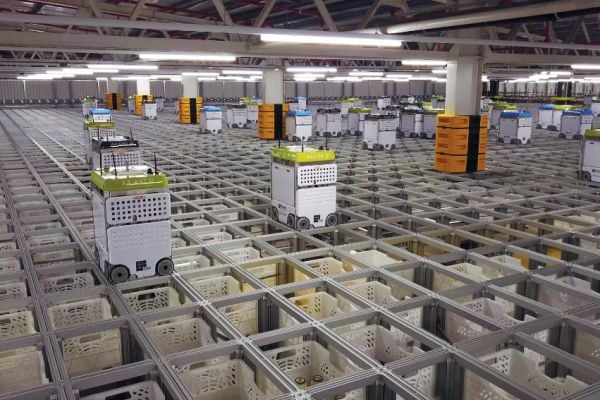The increased focus on growing food crops without compromising the environment is set to be the major factor driving the growth of the global vertical-farming market between 2023 and 2035, a new study by Research Nester has found.
According to the research firm, the vertical-farming sector is set to achieve a value of $96.33 billion (€87.88 billion) by 2035.
Furthermore, the rising shift towards the consumption of organic food items is also considered to be another growth factor for market expansion in the coming years.
Other advantages offered by vertical farming – such as a reduced use of agricultural land, a decreased consumption of water, and the production of high-quality products – are likely to propel the shift towards this technology.
At the same time, the high cost to set up vertical farming, a lack of awareness among people about the advantages of vertical-farming techniques, and a lack of well-equipped systems for performing vertical farming worldwide are some of the major factors anticipated to hamper the sector’s growth, Research Nester noted.
Read More: Coop Norway Invests In Automated Vertical-Farming Technology
Segment Growth
In terms of components, the global vertical-farming market is segmented into lighting, climate control, and sensors.
Of these segments, the lighting segment – largely driven by advancements in LED technology – is set to garner the highest revenue by the end of 2035, by growing at a significant CAGR over the forecast period.
Moreover, the cost effectiveness of LED lights and their easy availability is attributed to altering the dynamics of vertical farming for the better. For the following three decades – from 2020 to 2050 – it is anticipated that LED light prices will continue to decrease.
North America
By region, the North American vertical-farming market is set to generate the highest revenue by the end of 2035. The primary factors that are anticipated to bring lucrative growth opportunities for market expansion in the region are the growing demand for nutritional food, along with the surge in investment in facilitating ecosystems for future food.
In addition, the availability of freshly harvested vegetables across retail outlets is anticipated to rise, as consumer preferences shift towards ‘fresh from farm to table’ products – another factor that is set to influence the utilisation rate of vertical farming, noted Research Nester.
Read More: Conad Launches New Salad Range Grown With Vertical Farming













